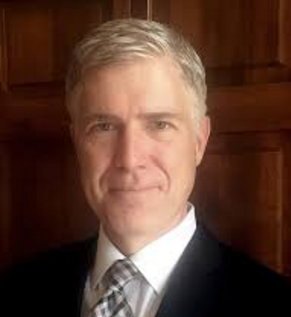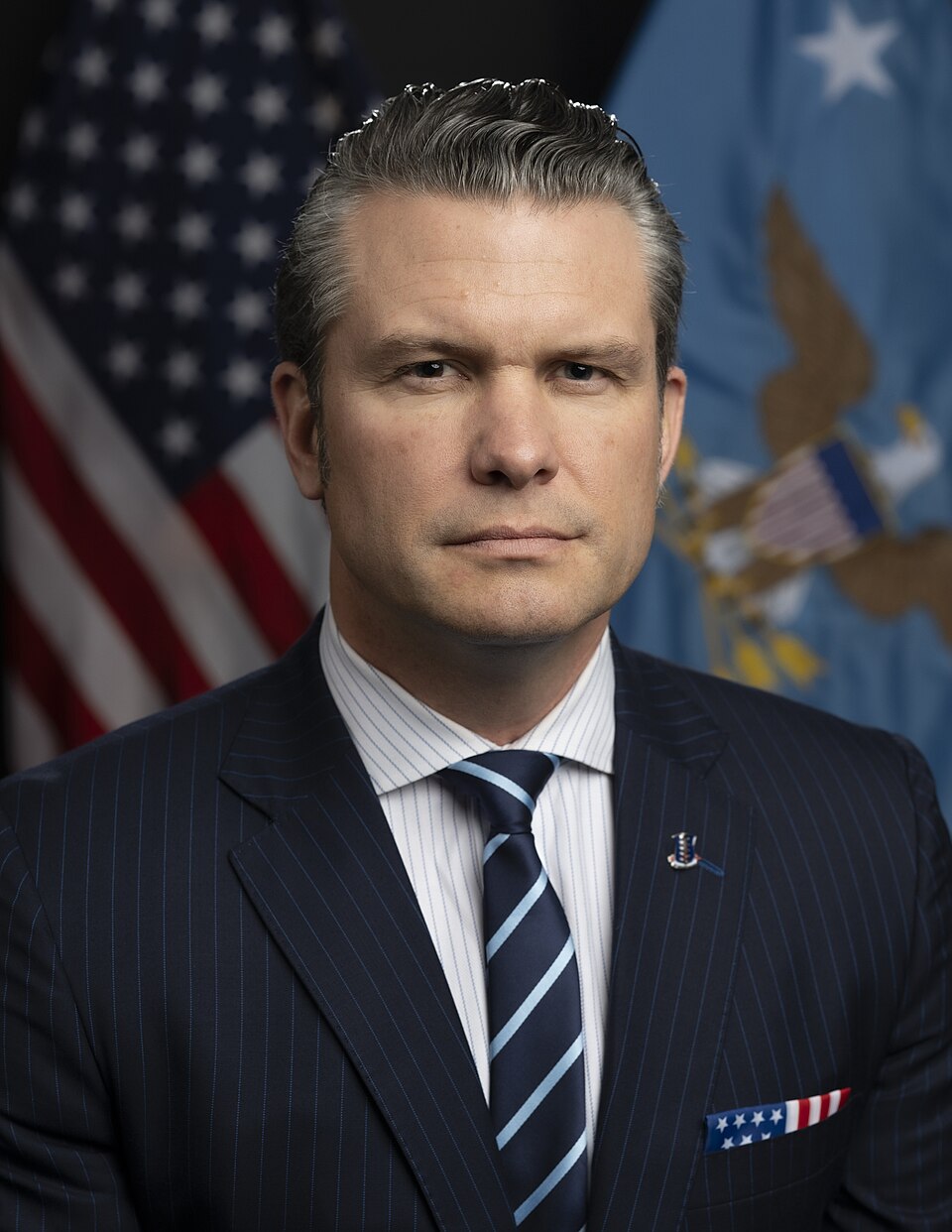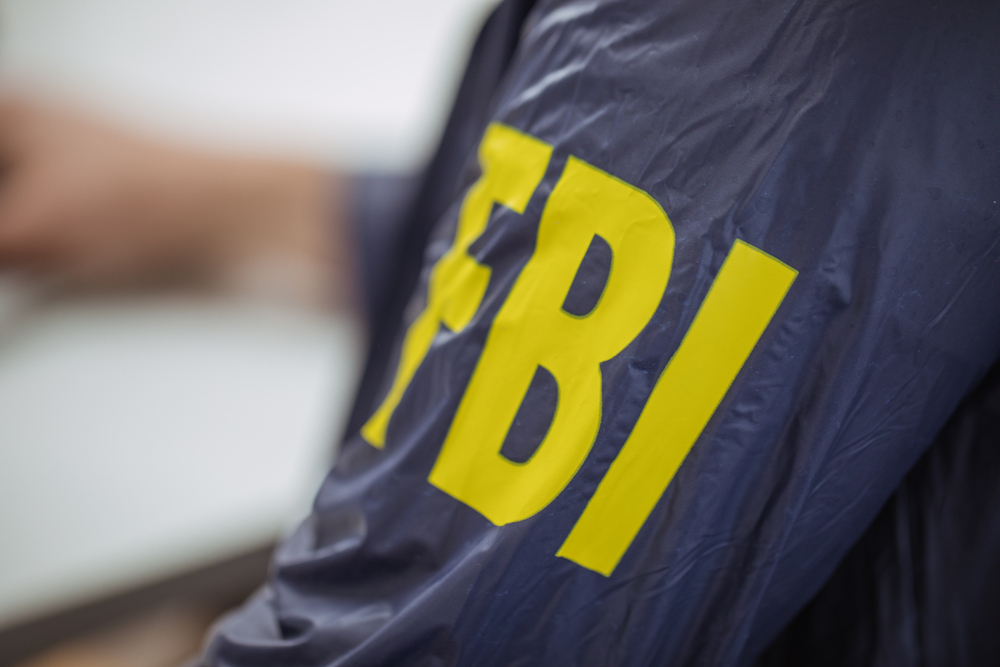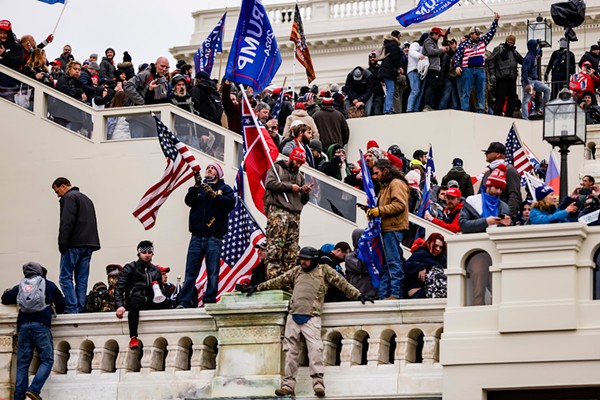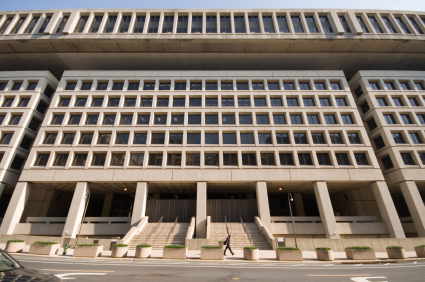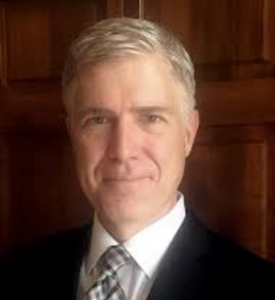
Ross Parker was chief of the criminal division in the U.S. Attorney’s Office in Detroit for 8 years and worked as an AUSA for 28 in that office.
By Ross Parker
ticklethewire.com
The muddied area of the law in civil actions against police officers involved in a shooting is one where Justice Neil Gorsuch’s participation and vote could make a difference, most likely in favor of protecting the officers. The Supreme Court heard argument last week in County of Los Angeles v. Mendez, a Section 1983 action against the county and two LA Sheriff’s Deputies.
It is an old legal adage that bad facts make bad law. From a law enforcement perspective, the case presents that kind of context.
First the present atmosphere surrounding police shootings, particularly of minority members, particularly where a rule or policy violation is present, is very unforgiving of split second decisions by police officers in the heat of situations reasonably perceived to be dangerous. See The War on Cops by Heather Mac Donald. One publication has described the case as involving the question if the police can “troll you and then shoot you.”
Second the atmosphere was especially stacked where the victim was, after the fact, found to be an innocent who suffered serious injuries.
The deputies were seeking a parole violator in 2010 when they knocked and announced their identity at a house in Los Angeles and then entered and searched it. In violation of the 4th Amendment, they lacked either an arrest or search warrant. Finding no one, two of them were sent to check a dilapidated shack in the backyard behind the house. Without announcing their identity or purpose, they opened the door with guns drawn. Not knowing who they were, Mendez picked up a BB gun he used to kill rats but did not point it at the officers. The deputies opened fire with 15 shots wounding Mendez and his pregnant girlfriend. Mendez later had to have his leg amputated because of his injuries.
The “Provocation” Rule
At the conclusion of the federal bench trial, the judge sustained liability and awarded the plantiffs $4 million in damages. The 9th Circuit Court of Appeals upheld the judgment under the alternative theories that the officers had provoked the threatening situation and that their constitutional violation, under the circumstances, was the proximate cause of the excessive force causing the injuries.

The “provocation” rule is opposed by law enforcement because it ignores principles of qualified immunity and focuses on events prior to the reasonableness of the officers’ action at the time of the shooting. Such a rule would, they argue, encourage police to hesitate and thus result in increased danger to both them and the subjects. The legal analysis has been widely discredited by other appellate courts.
Plaintiffs argue that it is unfair to shield officers from liability for unreasonably dangerous situations which they created or contributed to by their own actions.
The wide gap in views on what legal principles and analysis should be employed by the parties and lower courts was reflected by the apparent attitudes by the 8 Justices during oral argument last week. Even the fundamentals of the law in this area are confusingly uncertain.
The case could very well end up in a 4-4 tie between the Justices who support a finding that an unconstitutional entry satisfied proximate cause for the injury (likely Kagan, Sotomayor, Breyer, and Ginsburg) and those who could discern no proximate cause between any constitutional violation and the result (likely Roberts, Alito, Thomas and Kennedy). A tie would uphold the 9th Circuit’s affirmance of liability and damages. Of course predicting individual votes in a murky area of the law is a perilous course taken only by the most stalwart of columnists (who have nothing to lose).
Ominously the 13 Amicus Curiae briefs are split almost equally divided in their support of the two sides of the case.
Almost Justice Gorsuch’s disciplined and conservative approach could bring clarity in this area. Of course it is likely to be a clarity very unhelpful to the victims of police shootings.

